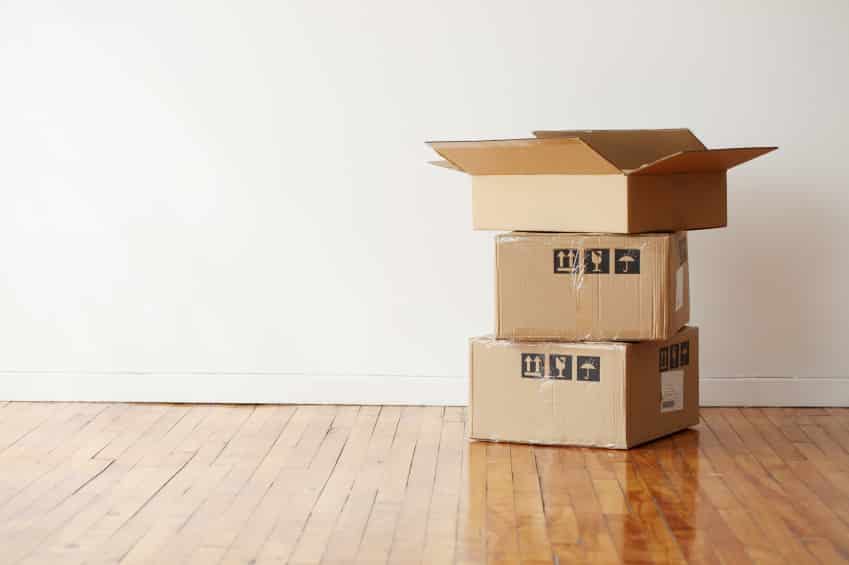Transit insurance: the facts
If you’re moving house or plan to in the future, chances are you’re going to use a removalist to get all your stuff from A to B. You might choose your removalist based on price or reputation but something you may not have factored in is transit insurance. Why do you need it? Even if […]

If you’re moving house or plan to in the future, chances are you’re going to use a removalist to get all your stuff from A to B. You might choose your removalist based on price or reputation, but something you may not have factored in is transit insurance.
Why do you need it?
Even if you have bubble-wrapped every ornament and written “FRAGILE” in big red letters on all the important boxes, you can never predict what can happen on a moving day. You may not have forecasted that your grandmother’s chest of drawers doesn’t quite fit up the staircase of your new apartment or that your leather couch would get scratched on the railing.
Transit insurance will usually cover your goods from when they are first moved for transit until they last moved to their destination and can occasionally cover them for a period of time after transit.
How do you know if your removalist already has it?
A good furniture removal business should state clearly on its business profile or website whether public liability insurance or transit insurance is included in its quote. If your removalist hasn’t factored in insurance into their quote, consider how much you may need to pay. The premium will be determined by the type of goods transported (high risk, fragile, breakable, high value), the distance to be transported, the method of transport, the packaging that needs to occur and your claims history.
So should I purchase it myself or…?
Overall, it will probably be more cost-effective if the insurance is factored into your removalist quote already, so keep an eye out for businesses who have organised it for you. This is because you could be paying anywhere upwards of $250 to take out your own insurance, and most removalists will only add a couple of hundred dollars onto their rate for inclusive insurance. However, this also leaves you open to loopholes and sparse insurance that doesn’t cover the lot, so be sure to ask your contractor what is and isn’t covered.
The best way to avoid disasters on moving days is to plan properly, prepare adequately and communicate effectively. This means deciding exactly what is valuable or fragile, protecting it with wrapping materials to the best of your ability and then letting your removalist know that these items need some extra TLC during the move.